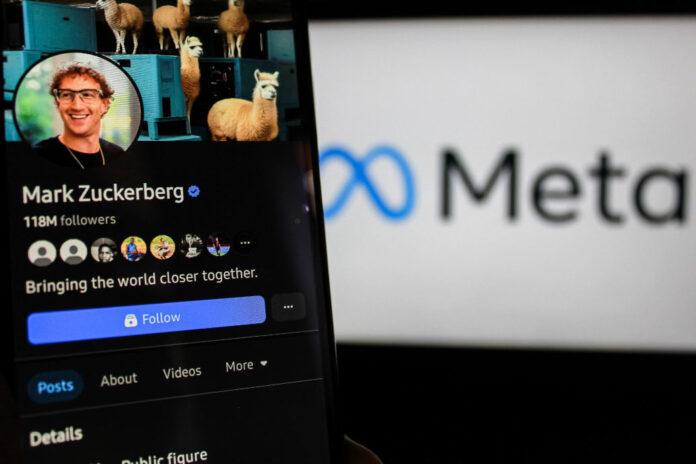The decision announced by Meta to end its fact-checking program in the United States is not just an internal matter for the big tech with effects limited to its home country — its reverberation directly affects companies worldwide, especially in Brazil, one of the most connected markets. For Brazilian brands, this means navigating in a more risky digital environment, where reputation is put at risk. How to protect image and credibility, aiming to maintain a reliable and solid online presence
It is important to analyze the Brazilian context. In light of the speech by its co-founder and CEO, Mark Zuckerberg signals a new turn for Instagram, WhatsApp and Facebook, the Attorney General's Office of the Union (AGU) notified the company extrajudicially, demanding explanations on how it will ensure compliance with Brazilian laws and regulations against defamation, discrimination, disinformation and hate speech after the end of the fact-checking program
In response, Meta announced that the changes will initially be limited to the US, and reaffirmed its commitment to the removal of violent or misleading content and clear risks. THE WATER, however, expressed "serious concern" about the changes, that can facilitate legal violations, in addition to opening space for misinformation and prejudice, what led to the calling of a public hearing to discuss the topic
With or without practices offact checking, the truth is that fake news has been spreading in large volume and at a rapid pace among our population for some time. Almost 90% of Brazilians have come into contact with false content and 51% admit to having believed in it. It is what a survey from the Locomotiva Institute reveals. Brazil is one of the most relevant markets for Meta. To give dimension, WhatsApp is the most used network in the country, with 147 million users, according to Digital Brazil 2024, a report developed by DataReportal. Next is YouTube (144 million), Instagram,6 million) and Facebook (111,3 million. In this context, fake news not only affect society, but they can also directly impact the brands present on the platforms. The absence of verification can increase the risk of attacks and the spread of false information related to companies
But how to avoid this movement
Continuous monitoring is the first line of defense for companies. This includes tracking brand mentions, comments on posts and even user-generated content that may harm your image. Artificial intelligence tools play a fundamental role in this process, as well as the gaze of specialized professionals, since they allow for quick identification and response to potential threats. Speed is necessary: false news has 70 times more chance of going viral than true information, as pointed out by a study from researchers at the Massachusetts Institute of Technology, that is to say, the problem requires an immediate reaction from the brands
It is necessary to invest in teams that can intensify this work, crossing technology, analytical capacity and human sensitivity to enhance the effectiveness of responses to crises and potential issues
Another essential point is transparent communication. Companies must ensure that all information disclosed on their networks complies with laws such as the General Data Protection Law (LGPD) and regulations against slander and defamation. Clear messages, verifiable and supported by concrete actions reinforce public trust and demonstrate the brand's commitment to ethics
Respect for good compliance practices is equally important. This includes conducting a rigorous curation of the content published on your channels, with priority for information that is relevant and accurate
Excessive dependence on a single platform can expose brands to unnecessary risks. Therefore, the diversification of digital presence is a key strategy. Networks like LinkedIn, TikTok and YouTube offer valuable alternatives to Meta to reach different audiences and minimize the impact of changes in the policies of a single company. Reinforcement, it is not about abandoning important territories of connection with the public like Instagram, more than to spray your presence
Each channel must be explored strategically. While LinkedIn is ideal for strengthening corporate and executive authority and credibility, TikTok can offer more dynamic and creative formats for engagement. YouTube is perfect for in-depth content with the potential for longer duration, keeping the audience engaged for longer
Finally, prevention also involves internal education and a good crisis management structure. Companies must train their teams to handle digital crises, train spokespeople and establish clear protocols for responding to negative incidents on social media. This preparation helps to mitigate damage and strengthens the organization's ability to protect its reputation
The new policies from Meta have the potential to change the evolution of social networks, demanding a proactive and strategic stance from companies. With intensive monitoring, transparent communication, digital diversification and internal education, it is possible not only to protect credibility, but also position itself as a reference in an increasingly challenging digital environment


